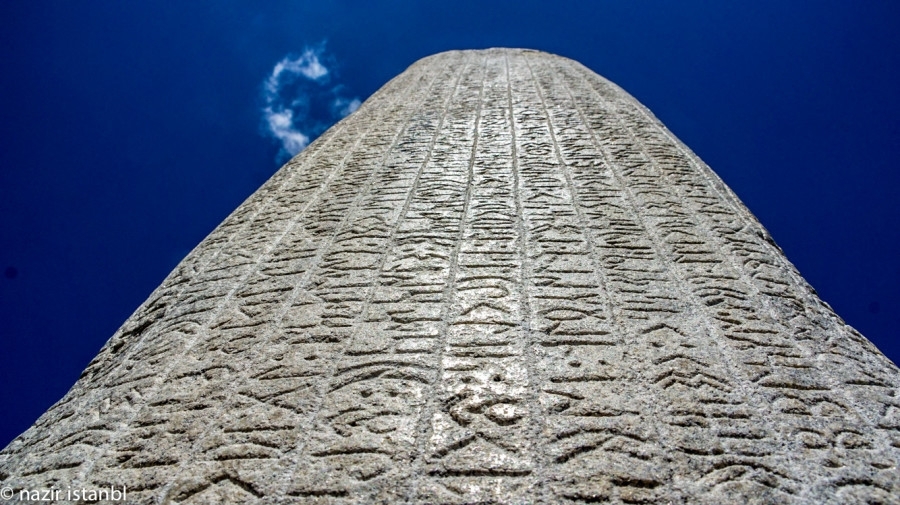The problem of preserving endangered Turkic languages in the context of modern technologies
In today's globalized world, the problem of preserving small languages is of particular relevance. This issue is especially acute for Turkic languages, many of which are on the verge of extinction. Statistical data demonstrate the critical situation of a number of languages: the Chulym language has only about 50 speakers, the Karaite language has about 100 speakers, the Tofalar (Tofa) language has about 100 speakers, and the Crimean Chak language has about 200 speakers.
Modern technology, particularly artificial intelligence, offers unprecedented opportunities for documenting and preserving endangered languages. While the complete revitalization of a language may be an elusive goal, the creation of a digital archive of it seems a realistic goal. Modern natural language processing techniques allow us to
- Create detailed linguistic corpora
- Capture phonetic features of a language
- Document grammatical structures
- Preserve oral speech patterns
- Systematize lexical composition
Of particular importance is the possibility of creating multimodal digital archives that include not only textual materials, but also audio and video recordings of native speakers, which makes it possible to preserve live speech in all its diversity. Artificial intelligence technologies can be used for automated processing and systematization of collected materials, creation of dictionaries and teaching aids.
Thus, despite the critical situation of many Turkic languages, modern technological solutions offer a real opportunity to preserve their heritage for future generations. This will not only make it possible to document the linguistic features of endangered languages, but also create a basis for their potential study and research in the future.
In today's globalized world, the problem of preserving small languages is of particular relevance. This issue is especially acute for Turkic languages, many of which are on the verge of extinction. Statistical data demonstrate the critical situation of a number of languages: the Chulym language has only about 50 speakers, the Karaite language has about 100 speakers, the Tofalar (Tofa) language has about 100 speakers, and the Crimean Chak language has about 200 speakers.
Modern technology, particularly artificial intelligence, offers unprecedented opportunities for documenting and preserving endangered languages. While the complete revitalization of a language may be an elusive goal, the creation of a digital archive of it seems a realistic goal. Modern natural language processing techniques allow us to
- Create detailed linguistic corpora
- Capture phonetic features of a language
- Document grammatical structures
- Preserve oral speech patterns
- Systematize lexical composition
Of particular importance is the possibility of creating multimodal digital archives that include not only textual materials, but also audio and video recordings of native speakers, which makes it possible to preserve live speech in all its diversity. Artificial intelligence technologies can be used for automated processing and systematization of collected materials, creation of dictionaries and teaching aids.
Thus, despite the critical situation of many Turkic languages, modern technological solutions offer a real opportunity to preserve their heritage for future generations. This will not only make it possible to document the linguistic features of endangered languages, but also create a basis for their potential study and research in the future.

